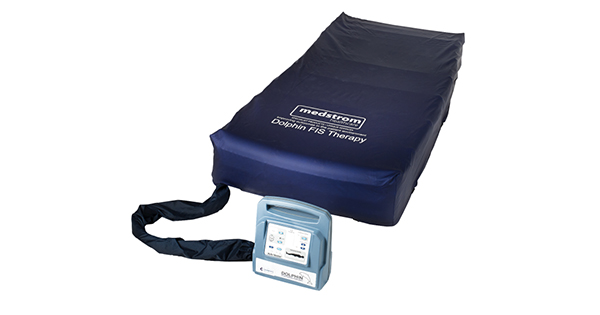Sloughy wounds are challenging because they are time consuming to manage, often require specialist input for slough removal, and have a significant effect on quality of life. Method: A descriptive evaluation was undertaken within a community setting, exploring 100 patients who presented with sloughy wounds and the effects of twice-weekly, topically administered haemoglobin therapy over a 4-week period. Normal standard wound cleansing and dressing regimens were continued, with wound care being provided by the cohort group independently or with supervision and support from a designated carer. Data were collected weekly in relation to primary outcomes of slough reduction, wound surface area reduction, patient ease of self-care use, and overall product experience. Results: At 4 weeks, all wounds had demonstrated positive measured endpoints of slough elimination (100%) and continued wound size reduction (99%), with 100% of patients and carers finding the product easy to use and having an overall positive wound care experience. Conclusion: The administration of a haemoglobin spray solution in patients presenting with sloughy wounds resulted in slough elimination and wound reduction, along with positive self-care and product satisfaction.






